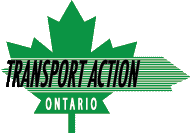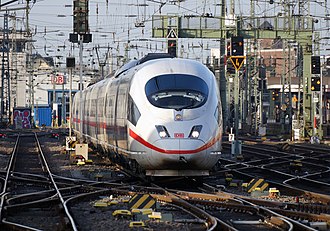
Report on Midwest Rail Conference, August, 2020
By Transport Action Ontario | Intercity Rail and Bus , Latest News
Transport Action Ontario board members Peter Miasek and Ken Westcar participated in the Midwest Rail Conference, August 11 and 12, 2020. There were numerous learnings and implications to rail in Ontario and Canada. Given below is a summary of these points.





![VIA73VIA900LondonOntarioJuly102019[1]](https://i0.wp.com/ontario.transportaction.ca/wp-content/uploads/2020/07/VIA207320VIA2090020London20Ontario20July20102020191.jpg?resize=904%2C570&ssl=1)